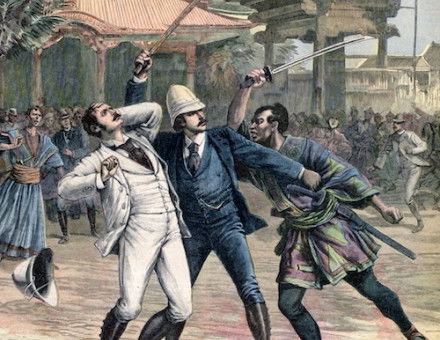China: Revolution in the Streets
The cityscapes of the world’s most populous nation are expanding at a bewildering rate. But China’s current embrace of urban life has deep roots in its past, as Toby Lincoln explains.
 More than half of Chinese now live in cities. This marks a watershed in the country’s history, as the world’s most populous nation has become its newest urban society. The global ramifications of this are as yet unknown, but the origins of such rapid urbanisation do not lie in the reform period, which began with the death of Mao Zedong in 1976. Ancient capitals, such as Kaifeng and Luoyang, were already great cities more than one thousand years ago. Centuries later the two Ming capitals of Beijing and Nanjing impressed the Jesuit priest Mateo Ricci, when he visited them around the turn of the 16th century. In the Lower Yangzi delta, China’s most developed region, Shanghai was then but a small town.
More than half of Chinese now live in cities. This marks a watershed in the country’s history, as the world’s most populous nation has become its newest urban society. The global ramifications of this are as yet unknown, but the origins of such rapid urbanisation do not lie in the reform period, which began with the death of Mao Zedong in 1976. Ancient capitals, such as Kaifeng and Luoyang, were already great cities more than one thousand years ago. Centuries later the two Ming capitals of Beijing and Nanjing impressed the Jesuit priest Mateo Ricci, when he visited them around the turn of the 16th century. In the Lower Yangzi delta, China’s most developed region, Shanghai was then but a small town.





